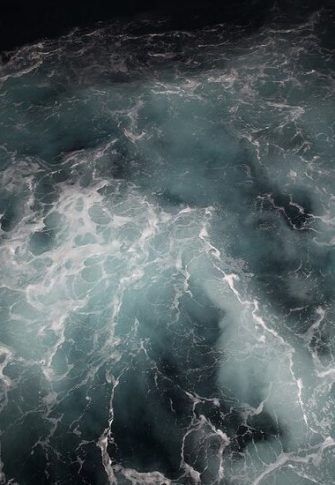Stellenbosch University Museum
20.02 - 30.04.2020
Two things confront me entering ‘From the Vault’: the strong red of the walls and the legacy of South African modernism. The exhibition brings together collections from Stellenbosch and Fort Hare Universities. It ambitiously teases out themes dormant in both collections and curates the work in such a way as to encourage a cross-reading of the archive, instead of setting them up within the framework of opposing ideological and political worlds.
While the Fort Hare University collection was exhibited in ‘A Black Aesthetic: A View of South African Artists (1970-1990)’ in the Standard Bank gallery last year, the context in which the works are now hung is quite different. A short curatorial statement explains one of the intentions of the exhibition is to ‘work with memory as a future possibility’. I am interested in how the curators Mike Tigere Mavura and Gcotyelwa Mashiqa use these archives to speak not to the past but to the future and in the course of this review will test their statement and see if, and how, it is possible to use the exhibition as a ‘futuring’ tool
Given the constraints of working within an existing university museum, the exhibition makes use of wall colour to draw the viewer in and arguably to disrupt traditional associations with museums as places of the past divorced from the reality outside. A prominent Cecil Skotnes wood panel entitled Kop is immediately visible on the ground floor and pays homage to the modernist vision of using art as a way to affirm new identities and worlds as promoted by the Polly Street Art Centre where Skotnes played an active role. Despite this work’s prominence, the exhibition notably deflects attention away from individual artists by grouping the paintings together according to theme or aesthetics and this approach to hanging encourages the viewer to seek out the links between the works. The groupings include different artists from the two collections and by refusing a straight up comparative approach the exhibition forces the viewer to engage more critically with the work and to evaluate the individual paintings through the lens of the new grouping. Each grouping serves as a kind of stepping stone through a past that we know to be troubled and painful. However, the way in which the exhibition engages with oppression is not straightforward and disrupts the categories usually imposed on paintings from the past such as ‘resistance art’ and ‘township art’.

It is clear that a disruption of past categories is demanded. While the crisis of Dumile Feni’s Father teach me how to pray (1967) is seen and felt, alongside it is Tommy Motswai’s bustling street scene entitled The OK is Everything (1988). Feni’s work speaks directly to the anguish experienced by black South Africans under apartheid rule. In contrast Motswai makes no overt reference to suffering or even the politics of the moment. This juxtapostion rejects a single narrative or memory of the past. This is not to suggest a denial of past wrongs but rather demonstrates the complexity of multiple truths or lived realities.









